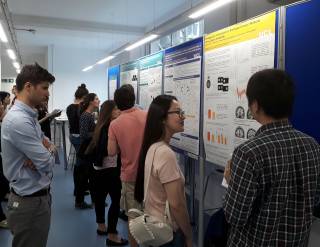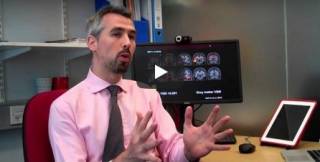Neural Circuits for Movement Lab

People
The focus in the lab is to understand how motor circuits contribute to rehabilitation of movement in disease or injury. As movement is affected in many neurological conditions, Professor Brownstone’s research program has widespread impact for the development of new strategies to improve movement in people with neurological disorders.

Publications
The focus in the lab is to understand how motor circuits contribute to rehabilitation of movement in disease or injury. As movement is affected in many neurological conditions, Professor Brownstone’s research program has widespread impact for the development of new strategies to improve movement in people with neurological disorders.

Tools
Lab equipment....

Positions
Vacancies / positions: masters, post-docs, lab techs etc.
 Close
Close




